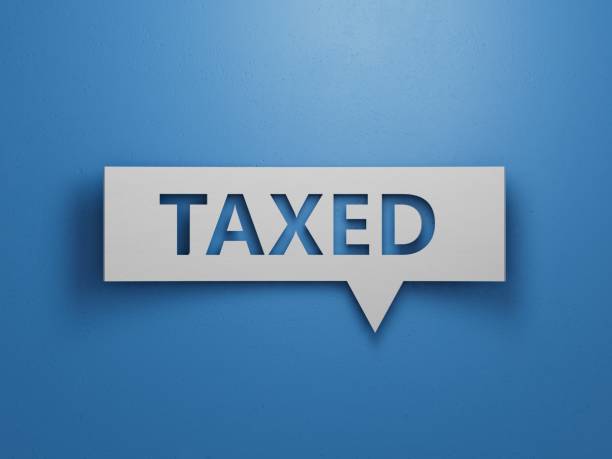While the state labor council points to Washington state as a supposed model for workers comp systems, West Virginia's newly-privatized system turned one year old recently. And guess what, the sky did not fall.
Quite the opposite as a matter of fact, as the Insurance Journal reports:
"West Virginia Insurance Commissioner Jane L. Cline says her state's one-year old privatized workers' compensation system is offering better claims administration, lower costs for employers and better treatment of injured workers."
West Virginians experienced a number of improvements since the switch a year ago:
- claim protests have fallen 68 percent
- the overall appeals process has been streamlined resulting in claims disputes being resolved in a shorter period of time
- claimants have received better claim management by claims adjusters having fewer claims to manage, and
- the unfunded liability no "old fraud" claims has dropped from $3.1 billion to $1.5 billion
West Virginia's open market for workers comp has also resulted in:
- overall premiums have dropped 30 percent, or more than $150 million
- 198 different workers' compensation insurance companies have filed rates and forms
- There are 120 policies in the residual market representing premiums of about $1.9 million
- More than 90 percent of all claims are ruled upon within 30 days
And then there's this assessment from earlier in the year from Workers' Comp Insider:
"Thus far, West Virginia's transition to a competitive market seems tobe going smoothly. The pain has been distributed across the board: to apopulation of workers that had long viewed comp as an entitlement, toemployers in favored industries who long benefitted from suppressedrates for coverage and to some of the former state employees who ranthe old, rather bloated system. No one would describe the new approachto workers comp as perfect, but the competitive market appears to offera reasonable balance between the often conflicting interests of workersand employers. The creation of an assigned risk pool for poorlyperforming employers is simply one more necessary step in the eternalsearch for an effective and equitable system."
I'm sure that the folks defending our status quo will point to West Virginia's workforce (761K compared to 2.9 million) and average weekly earnings ($785 compared to $892) as evidence to keep the state monopoly system intact. But, if the goal is to assist injured workers in the best way possible while maintaining a competitive business environment, shouldn't we look at examples where both are apparently taking place?




